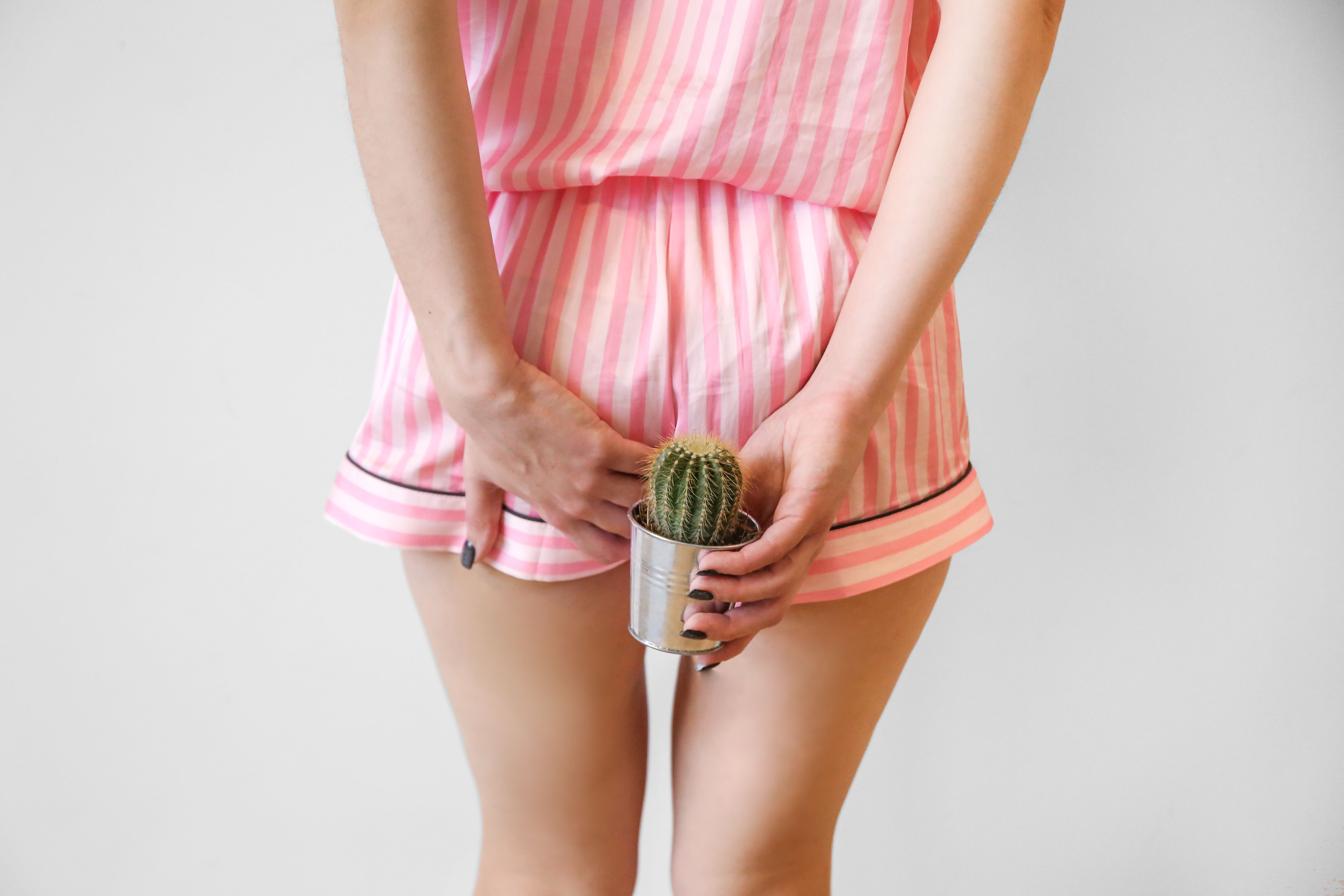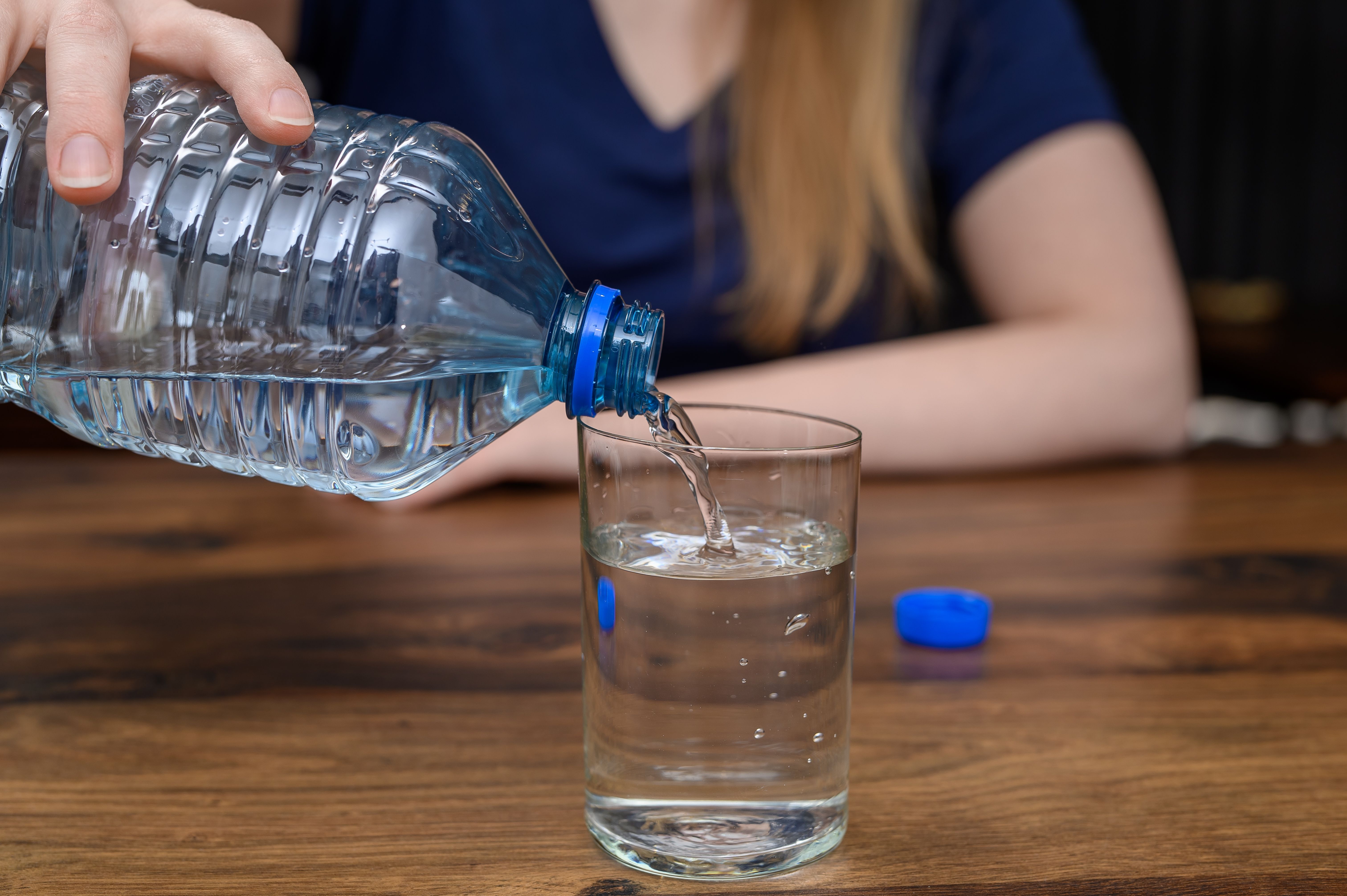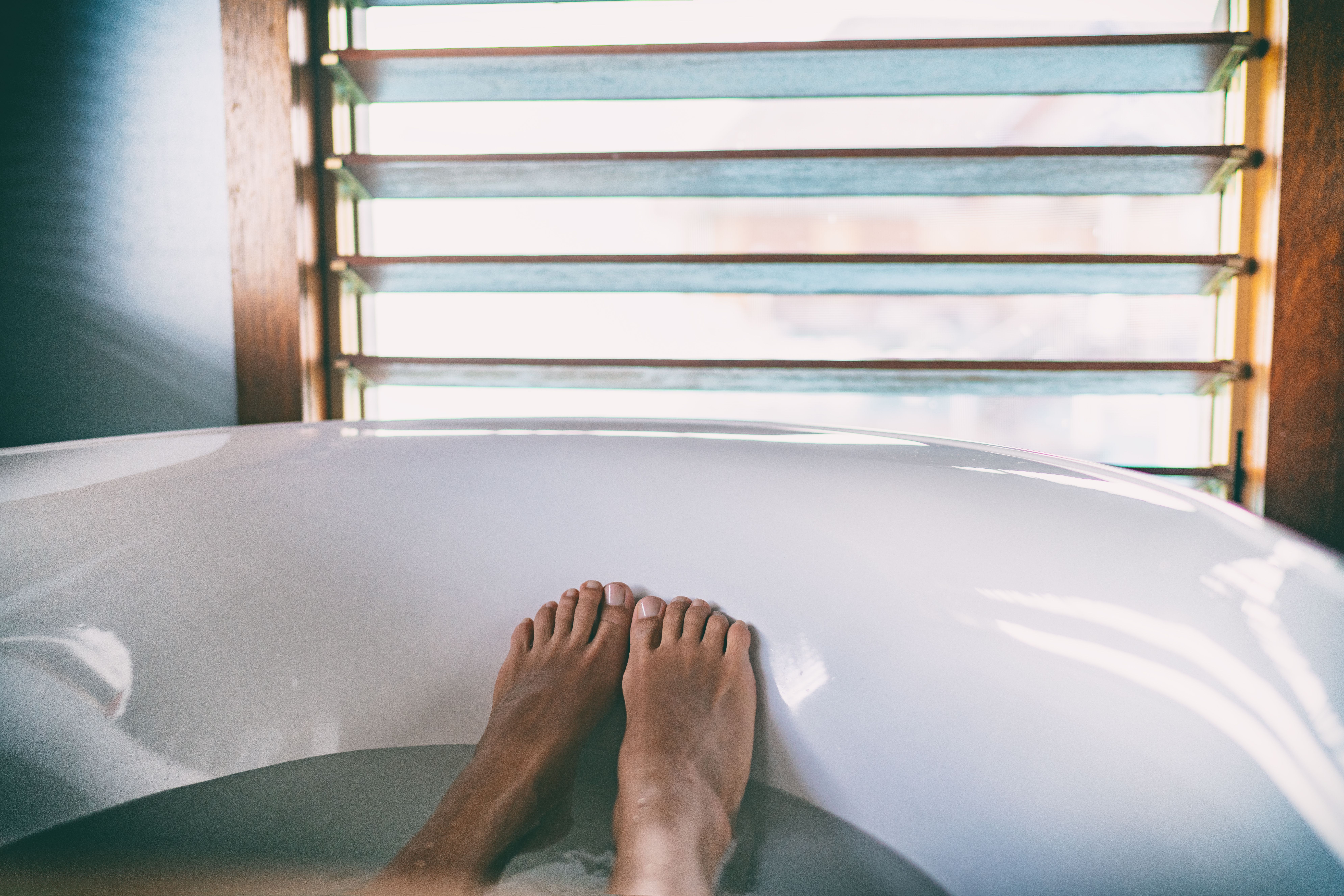Hemorrhoid relief: what are the essential practices?

It is possible to treat and get prompt hemorrhoid relief at home.Options can include lifestyle changes, pain medications, creams, and ointments.
Why do hemorrhoids occur?1,2
Hemorrhoids are swollen veins that develop inside or outside the rectum, causing pain, itching, or bleeding. They are quite common: about half of people over the age of 50 have had them.
There are two types of hemorrhoids: internal and external. You can have either type separately, or both at the same time.
- Internal hemorrhoids: these form inside the anal canal and are usually painless. However, they may cause intermittent bleeding with bowel movements, and sometimes mucus discharge. Internal hemorrhoids can also protrude outside the anus and look like small, grapelike masses.
- External hemorrhoids: these form just outside the anal opening and can cause swelling, protrusions, and discomfort.
Sometimes hemorrhoids develop for no reason, but often they are associated with chronic constipation or diarrhea, straining during bowel movements, and prolonged sitting on the toilet.
Lifestyle changes and hemorrhoid relief1-4

To relieve hemorrhoids, the following self-care tips are recommended:
- Follow a high fiber diet that is rich in whole fruits and vegetables: foods rich in fiber can soften the stools and lead to regular bowel movements. It is important to note that you should drink plenty of water when increasing your fiber intake. Fiber draws water into the bowel, so adequate water intake is necessary to prevent dehydration.
- Avoid processed foods, such as snacks, frozen dinners, and hot dogs, that tend to be low in fiber and nutritional value.
- Take fiber supplements, such as psyllium. If psyllium causes gas or bloating, try a supplement with wheat dextrin or methylcellulose.
- Drink plenty of liquids throughout the day to keep the stool soft. Softer stools may take less energy to pass and cause less irritation to the hemorrhoids.
- Wear suitable clothing, such as loose-fitting, breathable, cotton underwear and pants. This can help prevent the area surrounding the hemorrhoids from becoming irritated by excess sweat and help reduce symptoms.
- Avoid straining during bowel movements: straining and pushing may make hemorrhoids worse. If a bowel movement has not occurred after a few minutes, you should get up and try again later.
- Avoid sitting on the toilet for a long time.
- Don’t ignore or delay the urge to have a bowel movement. Waiting for a less social setting or waiting to use the toilet at home can back up the stool and cause more stress and straining. This will only make the hemorrhoids worse.
- Using damp toilet paper may help if toilet paper is too irritating. Alternatively, you can purchase wet wipes specific for the bottom, or hemorrhoid-specific wipes, from a pharmacy or online.
- Take a squatting position while having a bowel movement. The easiest way to do this is to prop a stack of books or a footstool near the toilet to rest the feet on during bathroom breaks.
- When treating hemorrhoids, avoid commercial baby wipes, perfumed toilet paper, and washing the anus with soap while the hemorrhoids are present.
Which medications can be used to relieve hemorrhoid pain?2-4
Your doctor or pharmacist may recommend you taking an over-the-counter nonsteroidal anti-inflammatory drug to relieve hemorrhoid pain. These medications also help alleviate inflammation and swelling. They include aspirin, ibuprofen, and naproxen.
Possible side effects of these pain medications are indigestion, stomach ulcers, headaches, dizziness, drowsiness, and allergic reactions. Although rare, nonsteroidal anti-inflammatory drugs can also cause issues with the liver, kidneys, or circulatory system.
Hemorrhoid relief creams2-4
Your doctor or pharmacist may also recommend an over-the-counter hemorrhoid relief cream or ointment to help treat and soothe hemorrhoids.
-
Anesthetic hemorrhoid relief cream
Topical anesthetic creams, such as lidocaine- and dibucaine-based cream, provide an instant numbing effect when applied to the skin. Common side effects of lidocaine skin cream include itching or tingling on the application site. The skin may also appear paler than usual, with redness or mild swelling.
-
Hydrocortisone hemorrhoid relief cream
This cream usually contains 1% hydrocortisone, a corticosteroid that helps to relieve swelling and itching. You can apply the cream up to four times per day, ideally at the same time each day. Some side effects when using hydrocortisone cream include burning, dryness, white or red bumps, and unwanted hair growth.
-
Glyceryl trinitrate hemorrhoid relief cream
This ointment widens blood vessels around the anal area to help improve blood circulation. You may use this ointment to alleviate pain from acute hemorrhoid inflammation or hemorrhoid surgery. Headaches are the most common side effect of glyceryl trinitrate ointments. Anyone who experiences headaches after using a glyceryl trinitrate ointment should consider reducing the dose for several days. It is advised to apply a pea-sized amount of ointment five or six times per day rather than a larger amount twice per day.
-
Petroleum jelly hemorrhoid relief cream
Petroleum jelly is an emollient, meaning it creates a physical barrier on the skin that helps trap moisture. You can apply petroleum jelly to your anal area to reduce itching. This helps keep the skin moist, assisting scar healing, preventing further skin damage or tears. Some people may experience one or more of the following side effects when using this emollient: a burning or stinging sensation that persists for several days, folliculitis, which is the medical term for blocked or inflamed hair follicles, or boils resulting from folliculitis.
Venoactive drugs
Venoactive drugs are medicines, such as micronized purified flavonoid fraction (MPFF), that act on the blood vessels to reduce swelling, pain and inflammation. They are commonly used to treat signs and symptoms of chronic venous disease.
They have also been shown to make a positive difference for people with hemorrhoids by reducing symptoms and improving quality of life.5 Ask your doctor if they could be an option for you.
What about homemade hemorrhoid relief methods?3-4
Symptoms can be relieved by trying a few natural and self-care treatments.

-
Warm baths
It is recommended to sit in a warm bath, as it may help to ease the pain and itching hemorrhoids cause. You may also use a sitz bath. To do so, you can fill a tub with three to four inches of warm - not hot - water ans sit in with your knees bent for about 10 to 15 minutes. Gently pat yourself dry with a towel, but do not rub the area.
You also may add ingredients to the bath to help reduce symptoms even further. These ingredients can include a cup of Epsom salts.
-
Witch hazel
You may apply witch hazel directly to relieve hemorrhoids. Indeed, adding a small amount of pure witch hazel to a cotton ball and dabbing onto the hemorrhoid may provide relief from many symptoms. If this makes symptoms worse, you should try a less direct method. It is worth noting that you should not dilute the witch hazel with alcohol, as this can dry out and irritate the hemorrhoid.
-
Coconut oil
Coconut oil is a natural moisturizer, which may help relieve hemorrhoids. Applying coconut oil may reduce the irritation and swelling, and may also help reduce the urge to scratch.
-
Aloe vera
Aloe vera has an anti-inflammatory effect on the body and may help heal wounds. It may also provide relief from the burning, itching, and swelling caused by hemorrhoids when applied to the anus. Purity is particularly important, as additives and preservatives can make symptoms worse.
-
Ice packs
Applying ice or cold packs to the hemorrhoids may help relieve pain and inflammation. Applying an ice pack while seated or when the hemorrhoids flare up can help numb pain and temporarily reduce swelling. To do this, you should be sure to wrap the ice in a small towel. You may try leaving the ice pack on for 15 minutes and repeating the process hourly.